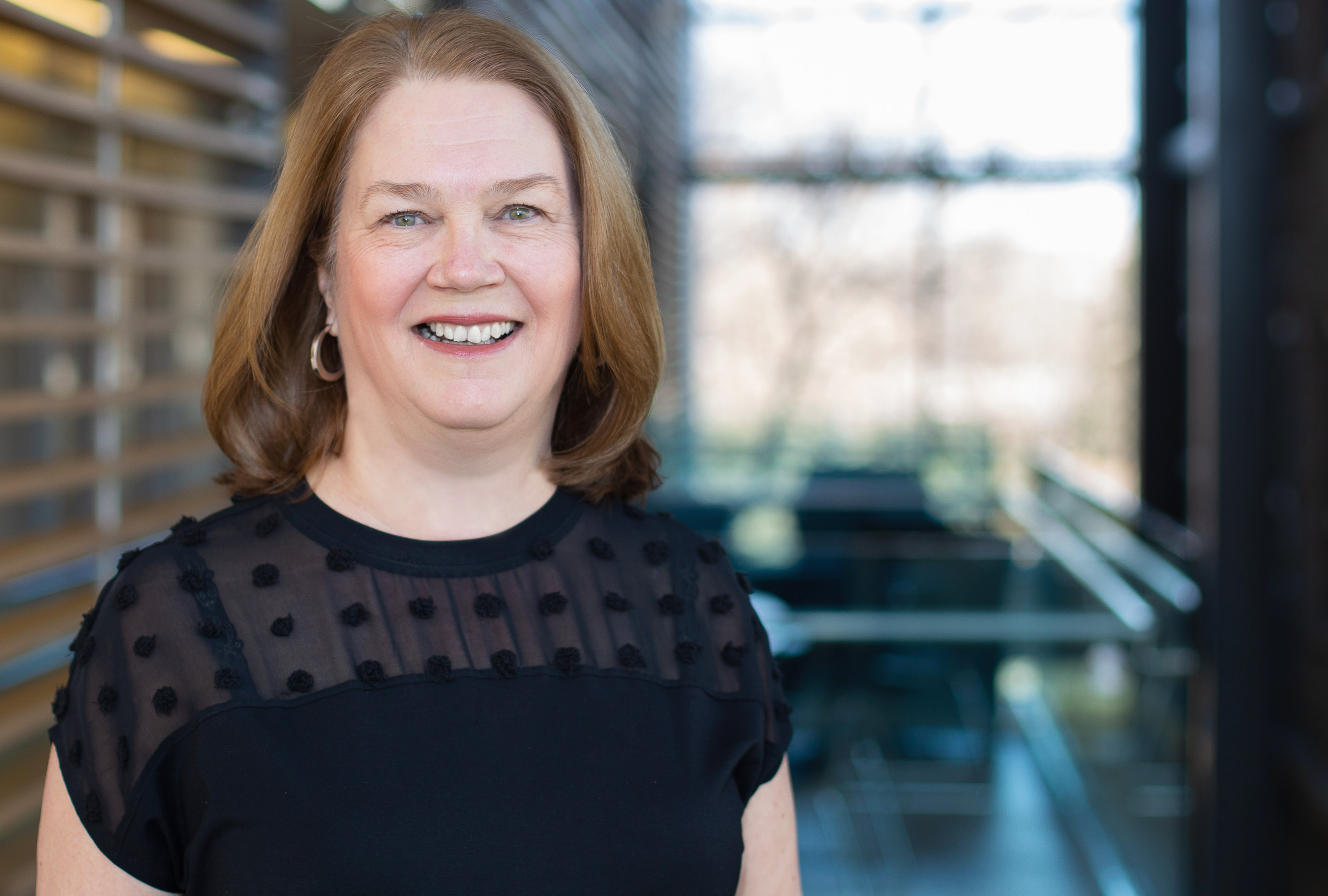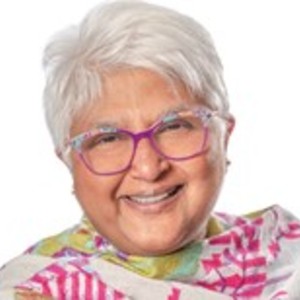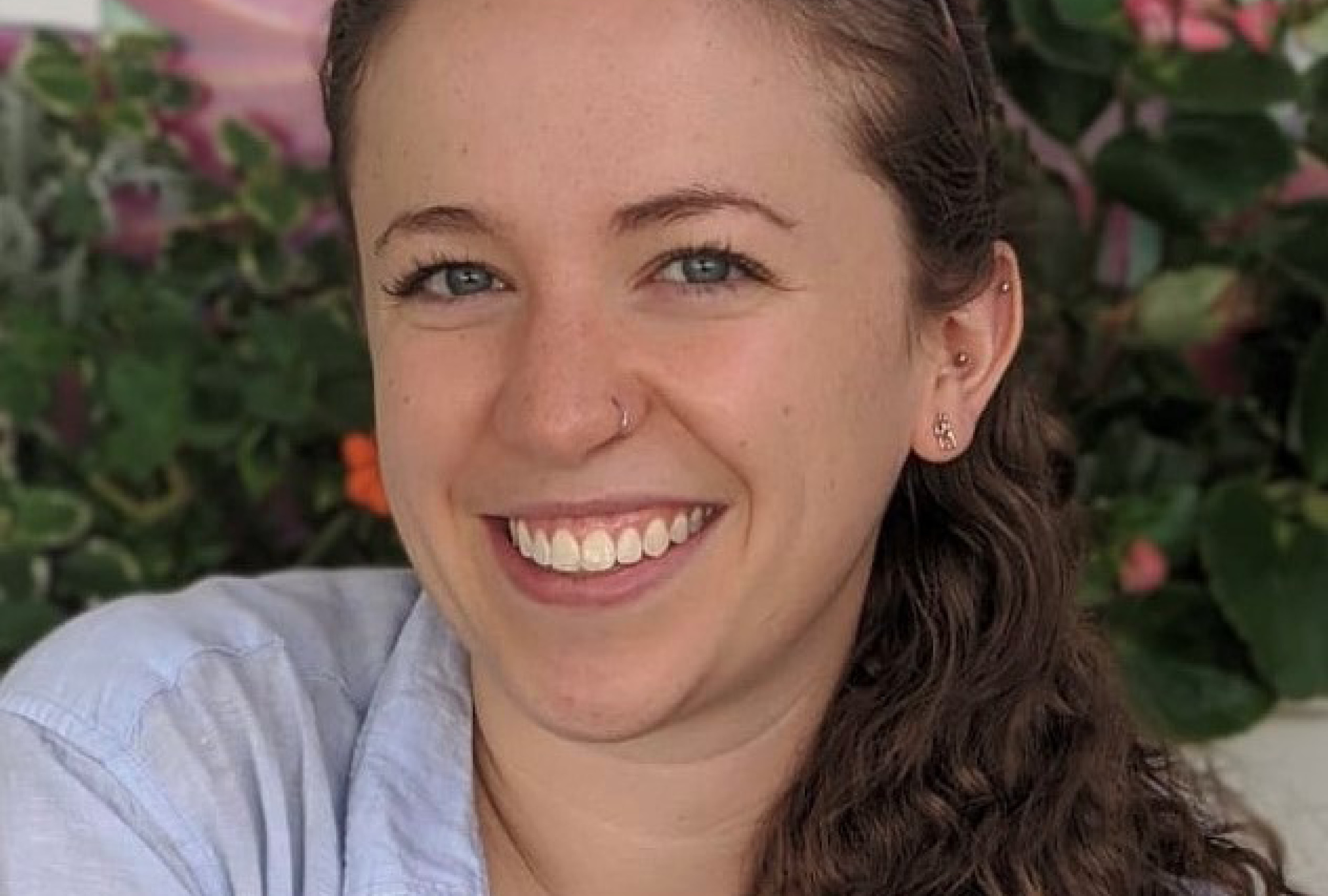This article originally appeared in the Fall 2022 issue of the Ontario Medical Review magazine.
New ways of teaching, more emphasis on community-based learning aimed at solving challenges in the system
As Ontario’s health system evolves to deal with the aftermath of the COVID-19 pandemic and other new realities, the province’s medical schools are already adapting to ensure that the next generation of doctors is well-prepared for the emerging future.
Ontario’s health-care system is facing unprecedented challenges. One million Ontarians do not have a family doctor and people are waiting longer for surgeries and MRIs than the province’s own guidelines. The COVID-19 pandemic created a backlog of more than 20 million patient care services. With an aging population and the deferral of medical care during the pandemic, doctors are seeing patients with more complex needs. Hospital emergency departments are at a breaking point, largely due to a shortage of health-care staff.
Ontario’s medical schools want to be part of the solution.
 “Medical education is always evolving and I think it’s probably evolving faster than ever and necessarily so, given the context that we are in. We’ve just come through two-and-a-half years of very challenging times in health systems,” said Dr. Jane Philpott, co-chair of the Council of Ontario Faculties of Medicine and dean of the Faculty of Health Sciences and director of the School of Medicine at Queen’s University and a former federal health minister.
“Medical education is always evolving and I think it’s probably evolving faster than ever and necessarily so, given the context that we are in. We’ve just come through two-and-a-half years of very challenging times in health systems,” said Dr. Jane Philpott, co-chair of the Council of Ontario Faculties of Medicine and dean of the Faculty of Health Sciences and director of the School of Medicine at Queen’s University and a former federal health minister.
One of the biggest challenges in health care today is the difficulty in attracting and retaining enough nurses, doctors and other health professionals, she said. There are critical issues in primary care that are deterring some graduating medical students. This year, just 33.3 per cent of graduating medical students in Ontario selected family medicine as their first choice of residency specialty, up from 30.5 per cent in 2021 but down from 40.2 per cent in 2015, according to the Canadian Resident Matching Service.
Dr. Jane Philpott, co-chair of the Council of Ontario Faculties of Medicine, dean of the Faculty of Health Sciences, director of the School of Medicine at Queen’s University and a former federal health minister, says medical schools have a mandate for social accountability. We see our role as putting forward solutions to the challenges faced in health systems.
Medical schools and health sciences faculties are “in the business of creating health human resources, be that doctors, nurses, therapists, etc., so we are very much part of the solution on this,” Dr. Philpott said. Medical schools have a mandate for social accountability. We see our role as putting forward solutions to the challenges faced in health systems.
Ontario currently has six medical schools and another will be added when Toronto Metropolitan University (formerly Ryerson University) opens a school in Brampton in the fall of 2025. The provincial government announced last March it is adding 160 undergraduate medical spots and 295 postgraduate positions across the schools over the next 10 years, the largest expansion of Ontario’s medical education system in a decade.
"Medical schools have a mandate for social accountability. We see our role as putting forward solutions to the challenges faced in health systems." — Dr. Jane Philpott
Increasingly, Ontario’s medical schools are moving to a learning model called distributed education, with satellite campuses, such as Western University’s medical school campus in Windsor and a new University of Toronto medical academy due to open in Scarborough in five years. As well, many schools now offer programs where medical students are embedded in communities throughout all or part of their undergraduate studies with the expectation that they might stay there when they graduate.
Queen’s University, for example, is partnering with Lakeridge Health in Durham Region on an innovative program to address the family physician shortage in southeastern Ontario. Medical school applicants from the area who commit to becoming family doctors will be recruited into the program and embedded in southeastern Ontario communities from the first year. Dr. Philpott describes the training approach as a “spiral curriculum” where undergraduate students will move seamlessly into their comprehensive family medicine residencies. The program could begin as early as next year.
The international leader of the distributed education approach in Ontario medical schools is the Northern Ontario School of Medicine University, which has been offering and refining the model since 2005 and will soon expand, with 30 new undergraduate seats and 45 new postgraduate positions allotted by the provincial government. NOSM University previously operated under the auspices of Lakehead University in Thunder Bay and Laurentian University in Sudbury, but last spring it became Canada’s first independent medical university. Its mission is to train physicians who remain and practise in northern Ontario, a vast region with a chronic and critical shortage of family doctors and specialists.
 NOSM University is the model of the future, said Dr. Sarita Verma, the university’s president, vice-chancellor and dean.
NOSM University is the model of the future, said Dr. Sarita Verma, the university’s president, vice-chancellor and dean.
“We train people within the setting to become professionals within that community. The problem we’re trying to solve is to make sure everybody in…northern Ontario has access to a family doctor.” She said more than 250,000 people in northern Ontario have access to a family doctor as a result of NOSM’s influence in retaining doctors there. The school just graduated its 14th class of medical doctors.
Every NOSM University medical student has a four-week immersion in an Indigenous community in their first year of studies and the entire third year is a clerkship spent in a mid-sized northern community. Distributed learning goes beyond clinical practice, with online and small group classroom learning taking place at sites across northern Ontario. The school adapted with ease to online learning during the pandemic because it was already common practice at NOSM University, which has made significant investments in technology to ensure students and faculty are properly connected no matter where they are. This will likely be the way of the future at many medical schools.
Dr. Sarita Verma, president, vice-chancellor and dean of Northern Ontario School of Medicine University says NOSM’s mission is to train physicians who remain and practise in northern Ontario. Every NOSM University medical student has a four-week immersion in an Indigenous community in their first year of studies and the entire third year is a clerkship spent in a mid-sized northern community.
NOSM University’s strategy begins with student recruitment, which strongly favours applicants from northern and rural communities. About 17 per cent of last year’s incoming class was Indigenous. Among NOSM University students who earn their medical degrees and do their residencies in northern Ontario, 89 per cent stay in the region after completing their training. That includes in family medicine and specialties such as emergency medicine, general surgery and psychiatry.
NOSM University’s emphasis on family medicine is working, Dr. Verma said. More than half of its graduating students select family medicine as their first choice of specialty, far higher than the national average. “Without the foundation of family medicine, health care is toppling,” she said.
The number of family doctors in Ontario is actually increasing, with 15,117 family practice and general practice physicians in December 2021, up about 500 from a year earlier. But the number of doctors alone doesn’t tell the whole story. Jasmin Kantarevic, chief economist of the Economics, Research and Analytics group at the Ontario Medical Association, explains that the health-care services patients need today may exceed the services that Ontario’s active physicians can provide due to other factors.
“This depends on many factors other than the number of physicians, such as the physician age, gender, practice model, workload/burnout, availability of infrastructure and interprofessional teams and all the other factors that influence what services physicians can provide,” Kantarevic explained. The situation is also influenced on the demand side, by the number of patients, their age and sex distribution, their clinical complexity, socio-economic factors and other details that can affect what services they need.
"We train people within the setting to become professionals within that community. The problem we’re trying to solve is to make sure everybody in…northern Ontario has access to a family doctor." — Dr. Sarita Verma
Dr. Cathy Mastrogiacomo said the so-called “family medicine bleed” – burnout, an exodus of family physicians, the drop in the number of medical graduates choosing family medicine – has never been worse in her 32 years in practice. She is a comprehensive family physician in Scarborough and chair of the Ontario Medical Association’s Section on General and Family Practice.
Dr. Mastrogiacomo hears from family physicians across the province who are exhausted from the heavy workload of seeing patients all day – many of them with increasingly complex needs – and completing paperwork every evening, hours for which they aren’t compensated. The workload has become so heavy, it’s almost impossible to find locums willing to fill in for vacations. Doctors who give up and permanently close their practices can’t find anyone to take over.
Patients are suffering as a result.
“We have patients calling daily looking for a family doctor, whole families are calling me, and I just keep adding them to my waitlist because I simply don’t have room in my practice to add more,” she said.
Stopping the family medicine bleed requires major systemic change, including fixing the working conditions and the salary relativity gap between family medicine and many specialties, Dr. Mastrogiacomo said. Medical schools have a role to play too, particularly in emphasizing the value of family medicine, preparing medical students better for family practice and encouraging more to enter the field, she added.
“One thing that medical schools could improve on is education on starting a practice, what kind of teams should they be working in, getting the infrastructure they need to start a well-run practice. And give them the wellness tools, so they don’t burn out because that’s what’s happening,” Dr. Mastrogiacomo said.
Angie Salomon, a fourth-year medical student at Queen’s University and president of the Ontario Medical Students Association, said she hears frequently that her fellow medical students want more teaching on the practicalities and day-to-day logistics of being a family doctor, so they’ll be better prepared when they enter practice. Today’s medical students also have different expectations about work-life balance and the kind of providers they want to be – and medical schools are responding.
“It’s no longer enough to be just a medical expert, to understand the biology in and out and to memorize the textbook,” Salomon said. “Med students want to know how to handle complex ethical situations and how to work in an interdisciplinary nature with their colleagues and with other allied health professionals.”
Medical students want to learn about the impact of social determinants of health on patient well-being, they want to be competent with different cultures and to provide care that is safe and doesn’t perpetuate harm.
 “We really care more about who the patient is as a person, rather than only understanding the malady within them,” Salomon said.
“We really care more about who the patient is as a person, rather than only understanding the malady within them,” Salomon said.
With the explosion of new scientific knowledge and the increasing number of treatment options, it is a challenge for students to learn everything and to find clinical opportunities to practise on patients. Dr. Philpott said one of the greatest innovations in medical schools has been the use of simulation programs, with virtual and augmented reality, to help medical students practise their hands-on skills.
For Salomon, another required shift is for medical schools to recognize and eliminate the so-called “hidden curriculum,” the underlying, unspoken messages from clinical supervisors, faculty and even fellow students surrounding what kinds of physicians are valued in society. Salomon, who wants to be a family physician, said there is a stigma suggesting that family medicine is what a graduating student ends up choosing if they can’t get into another specialty. “It’s a little bit heartbreaking because I think everybody knows that we need family doctors and how valuable they are.”
Angie Salomon, a fourth-year medical student at Queen’s University and president of the Ontario Medical Students Association, hears frequently that her fellow medical students want more teaching on the practicalities and day-to-day logistics of being a family doctor.
Medical schools must adapt their teaching and their messaging around primary care and family medicine, Dr. Philpott said. “I do think that we are going to continue to see innovations around making sure that comprehensive general practice of family medicine is emphasized and valued in a stronger way throughout the curriculum.”
"Med students want to know how to handle complex ethical situations and how to work in an interdisciplinary nature with their colleagues and with other allied health professionals." — Angie Salomon
She also predicts that medical schools will continue to adapt their admissions policies and introduce initiatives to remove barriers to applicants from under-represented groups, such as racialized and Indigenous students. The result will be a more diverse student body more closely resembling Ontario’s population.
“In 10 years, I think medical schools will be more diverse,” she said. “I think we will see a much broader range of representation, and that means not just diversity in terms of people’s ethnic or cultural background or racial background, but also people coming from a whole range of socio-economic backgrounds.”
Keri Sweetman is an Edmonton-based writer.